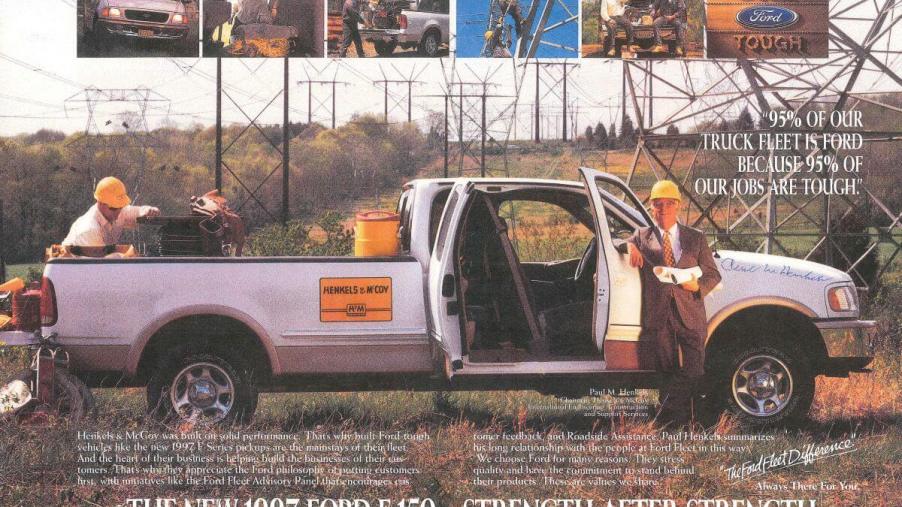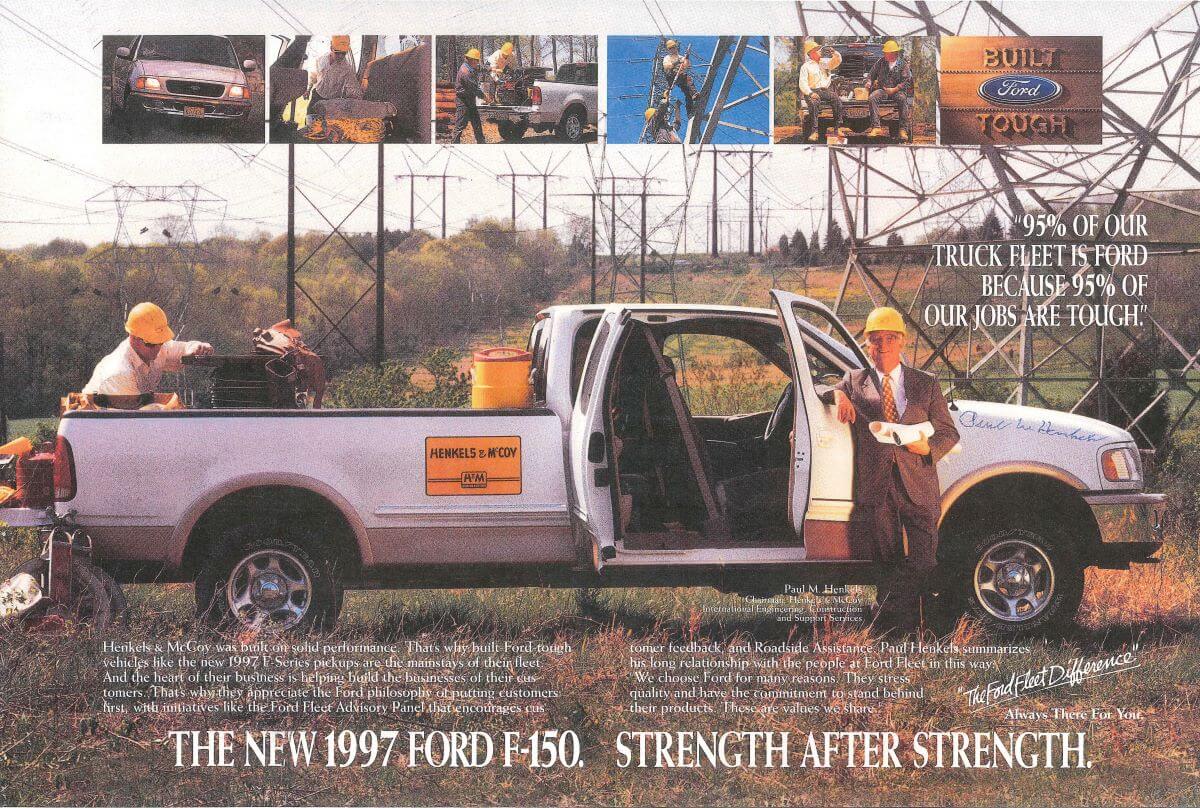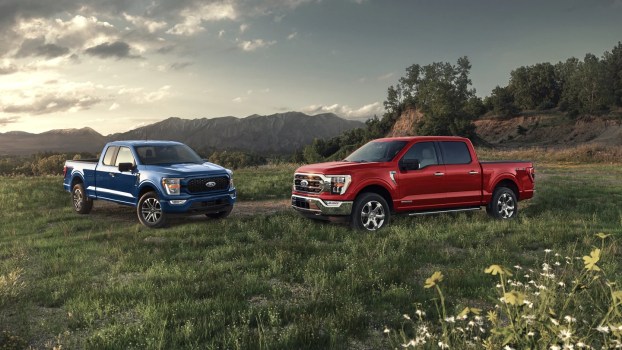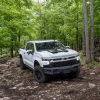
1997-2004 Ford F-150: A Truck That’s 50% Cab and 50% Bed
With shifting consumer demands, there’s been a lot of buzz regarding the evolution of the truck beds on the Ford F-150. Over the last two decades, it seems that the truck bed on F-150 models has gotten more and more useless over time. In fact, the standard 2023 Ford F-150 truck bed is 50% smaller than the truck bed on the 1961 Ford F-150. Today, we’ll examine the 10th generation starting with the 1997 F-150, which was perfectly 50% cab and 50% bed.
Ford F-150s have shifted from practicality to comfort
The Ford F-150 has been one of the best-selling vehicles in the U.S. for more than four decades. However, while the F-150 continues to be one of the most coveted pickup trucks throughout the States, there’s no denying that the F-150 has evolved significantly since the 1960s.
According to Axios, the fourth-generation F-150 trucks, manufactured from 1961 to 1979, featured a 36% cab to 74% bed ratio. Every model year generation since has continually featured a larger cab and smaller bed size. From 1980 to 1997, F-150s were built with 40% cab and 60% bed. In 1997, the 10th generation of F-150s was introduced, which featured a 50% cab to 50% bed ratio. This ratio lasted until 2004, when Ford introduced the family-friendly F-150s featuring a 60% cab to 40% bed ratio. The latest rendition of the F-150 began rolling off the production lines in 2015, featuring a whopping 63% cab to 37% bed ratio.
So, what’s caused this shift from practicality to comfort in the Ford F-150s? Well, it comes down to the nature of work. In the 1960s, society had more blue-collar workers that needed their trucks to complete their daily work. Even as the needs and demands of society have shifted, consumers still want trucks. However, consumers now want pickup trucks more for aesthetic rather than practical purposes. As reported by Axios, 87% of F-150 owners say that they use their trucks to shop and run errands, compared to just 7% who reportedly use their trucks regularly for towing.
The 10th-generation Ford F-150 offered a 50% cab and 50% bed split

While the F-Series is on its 14th generation, the 10th generation Ford F-150 models featuring the 50% to 50% cab-to-bed split remains in high circulation as a used truck. The 10th generation F-Series offered four trim levels: XL, XLT, STX, and Lariat.
According to AutoWeek, the 10th generation F-Series was really the first modern generation in the F-Series lineup. It brought in the first departure from the traditional square look and ushered in sleek features and soft shapes. It was also the first generation in the F-150 lineup to blur the lines between trucks and SUVs.
What does the 10th-gen Ford F-150 have to offer as a truck?
The 10th generation Ford F-150s, with the 50% cab to 50% bed ratio, have much to offer regarding truck capabilities. Of course, there are various pros and cons associated with buying a used F-150 model year from the 10th generation lineup.
Overall, the F-150 models from the 10th generation are built for performance. While they were Ford’s first step toward comfort over practicality, they still maintain truck capabilities with the 50% bed to 50% cab ratio. Most F-150s manufactured between the 1997 and 2004 model years feature potent engines, excellent towing capacity, and easy on-road handling. Plus, they do pretty well off-road too.
However, when it comes to drawbacks of the 10th generation F-Series, these trucks leave much to be desired for their interiors, especially when stacked against the newer F-Series generations that provide more comfort with their larger cabs. Still, if you’re after performance, you won’t be disappointed with a 10th-generation Ford F-150.



